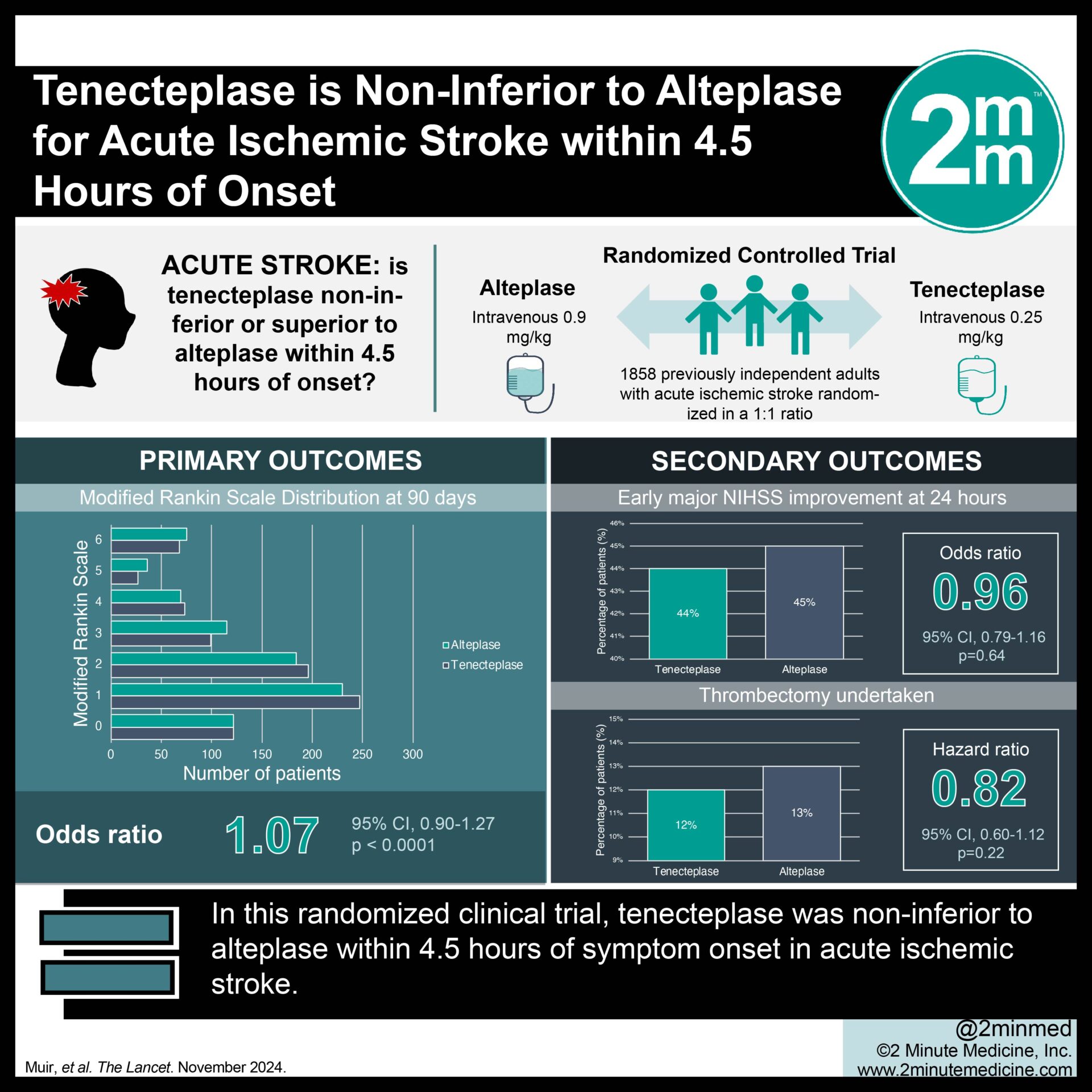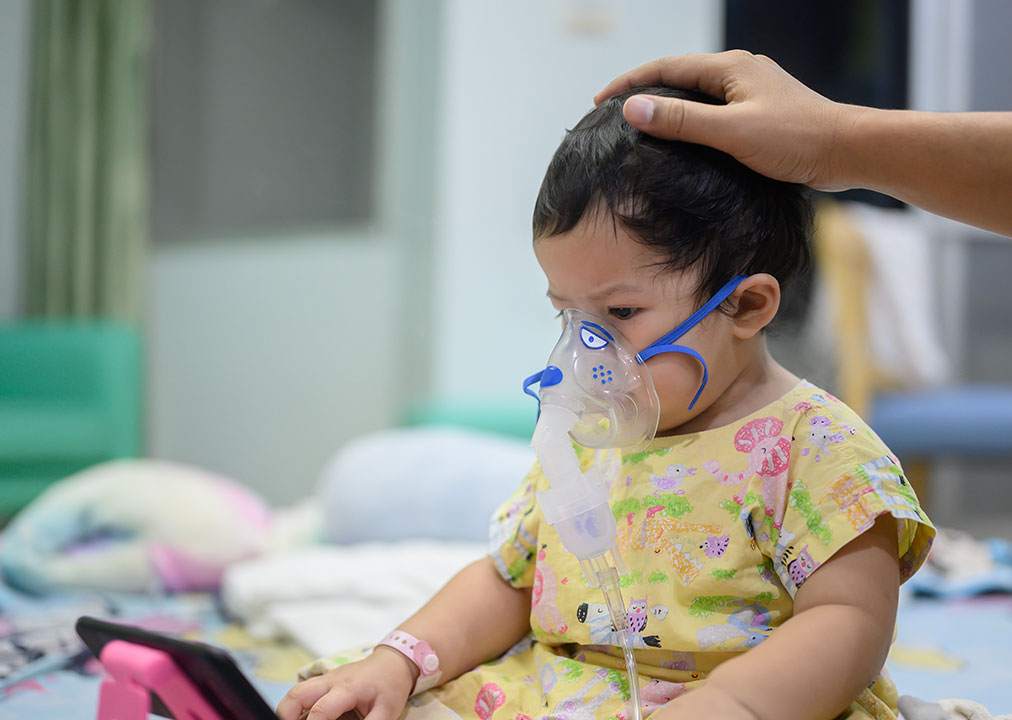Socioeconomic Factors Impact Gluten Response in Youth – Physician’s Weekly

Socioeconomic Disparities in Pediatric Celiac Disease Management: A Report on Health Equity and Sustainable Development Goals
Executive Summary
A retrospective study published in the Journal of Pediatrics reveals a significant association between neighborhood socioeconomic deprivation and adverse health outcomes for children with celiac disease (CeD). The findings indicate that children in more deprived areas have substantially lower rates of tissue transglutaminase (tTG) IgA normalization, a key marker for successful adherence to a gluten-free diet. This report analyzes these findings through the framework of the United Nations Sustainable Development Goals (SDGs), highlighting critical challenges to achieving goals related to health, equality, and poverty.
Study Overview and Key Findings
The research examined the health records of 207 children diagnosed with celiac disease to assess the impact of their socioeconomic environment on treatment efficacy.
- Primary Objective: To determine the association between the neighborhood deprivation index (NDI) and the rate of tTG IgA normalization within 60 months of diagnosis.
- Key Finding: Children residing in neighborhoods with the highest levels of deprivation (Q4) had significantly lower rates of tTG IgA normalization compared to those in the least deprived neighborhoods (Q1).
- Statistical Significance:
- In an unadjusted analysis, children in the highest deprivation quartile had a 50% lower rate of normalization (HR 0.50).
- After adjusting for race, ethnicity, primary language, and insurance type, the disparity widened, with the highest deprivation quartile showing a 67% lower rate of normalization (HR 0.33).
- Demographic Correlation: Higher levels of neighborhood deprivation were associated with patients identified as Black or Other race, Hispanic ethnicity, non-English primary speakers, and those with public insurance.
Implications for Sustainable Development Goals (SDGs)
The study’s conclusions have direct and significant implications for the advancement of several SDGs.
SDG 3: Good Health and Well-being
- The findings challenge the aim of Target 3.4, which seeks to reduce premature mortality from non-communicable diseases through prevention and treatment. The disparity in managing celiac disease demonstrates that socioeconomic barriers prevent effective treatment.
- This evidence underscores that achieving universal health coverage (Target 3.8) requires more than just access to diagnosis and insurance; it must also address the socioeconomic determinants that dictate a patient’s ability to manage a chronic condition.
SDG 10: Reduced Inequalities
- This research provides clear evidence of health inequalities linked to socioeconomic status, directly addressing the core mission of SDG 10.
- The fact that disparities persist and even worsen after accounting for factors like insurance and race points to deep, systemic inequalities (Target 10.2 and 10.3) that impede equal opportunity for positive health outcomes.
- The link between deprivation and specific racial and ethnic groups highlights the intersectional nature of inequality, where socioeconomic disadvantages compound the challenges faced by marginalized communities.
SDG 1: No Poverty & SDG 2: Zero Hunger
- The study illustrates how poverty (SDG 1) in all its forms, as measured by the neighborhood deprivation index, directly impacts health.
- Effective celiac disease management is fundamentally a nutritional challenge. Adherence to a strict gluten-free diet, which is often more expensive and less accessible, is a matter of food security and access to safe, nutritious food (SDG 2).
- For families in deprived areas, the financial burden of a specialized diet is a significant barrier, demonstrating how poverty and food insecurity create a cycle of poor health.
Conclusion
The reported link between neighborhood deprivation and lower rates of tTG IgA normalization in children with celiac disease is a critical indicator of systemic health inequity. These findings affirm that achieving the Sustainable Development Goals requires a concerted focus on the social and economic determinants of health. Addressing the root causes of poverty and inequality is essential to ensure that all individuals, particularly vulnerable children with chronic diseases, have the opportunity to achieve good health and well-being.
1. Which SDGs are addressed or connected to the issues highlighted in the article?
SDG 3: Good Health and Well-being
- The article’s central theme is the health of children with celiac disease (CeD), a non-communicable disease. It investigates the effectiveness of treatment, which directly relates to ensuring healthy lives and promoting well-being for all ages.
SDG 10: Reduced Inequalities
- The study explicitly links socioeconomic status to health outcomes. It finds that children from deprived neighborhoods, and those identified as Black or Other race, Hispanic, or from non-English speaking families, have worse outcomes. This highlights inequality in health access and results, which is a core concern of SDG 10.
SDG 1: No Poverty
- The primary factor studied is the “neighborhood deprivation index,” a measure of poverty and its dimensions. The article demonstrates how living in socioeconomically deprived conditions creates barriers to effective healthcare management, linking poverty directly to negative health impacts.
SDG 2: Zero Hunger
- The treatment for celiac disease is entirely nutritional—a strict gluten-free diet. The article implies that the difficulty in achieving tTG IgA normalization in deprived areas is due to challenges in adhering to this diet, which can be expensive and less accessible. This connects to the goal of ensuring access to safe and nutritious food for all, especially vulnerable populations.
2. What specific targets under those SDGs can be identified based on the article’s content?
SDG 3: Good Health and Well-being
- Target 3.4: “By 2030, reduce by one-third premature mortality from non-communicable diseases through prevention and treatment and promote mental health and well-being.” The article focuses on the effectiveness of treatment for celiac disease, a non-communicable disease, showing that certain populations face significant barriers to successful management.
- Target 3.8: “Achieve universal health coverage, including financial risk protection, access to quality essential health-care services…” The mention of “public insurance” being associated with higher deprivation levels and poorer outcomes points to disparities in accessing quality healthcare services and the resources needed for effective disease management.
SDG 10: Reduced Inequalities
- Target 10.2: “By 2030, empower and promote the social, economic and political inclusion of all, irrespective of age, sex, disability, race, ethnicity, origin, religion or economic or other status.” The study’s findings that health outcomes are worse for children based on race, ethnicity, primary language, and economic status show a clear lack of inclusion in achieving good health.
- Target 10.3: “Ensure equal opportunity and reduce inequalities of outcome…” The article’s primary conclusion—that children in the highest deprivation quartile have significantly lower rates of tTG IgA normalization—is a direct example of an “inequality of outcome” that needs to be addressed.
SDG 1: No Poverty
- Target 1.2: “By 2030, reduce at least by half the proportion of men, women and children of all ages living in poverty in all its dimensions according to national definitions.” The study uses a “neighborhood deprivation index” based on the American Community Survey to identify and analyze the impact of multi-dimensional poverty on children’s health.
SDG 2: Zero Hunger
- Target 2.2: “By 2030, end all forms of malnutrition…” Celiac disease is a condition of malabsorption. Failure to adhere to a gluten-free diet, as indicated by the lack of tTG IgA normalization, is a form of malnutrition for this specific group, directly linking the article’s findings to this target.
3. Are there any indicators mentioned or implied in the article that can be used to measure progress towards the identified targets?
Indicators for SDG 3
- Implied Indicator: The rate of “tTG IgA normalization” is used as a direct, measurable indicator of successful treatment for a non-communicable disease (celiac disease). This serves as a proxy for measuring the quality and effectiveness of healthcare services.
- Implied Indicator: The article uses “insurance type” (public vs. private) as a variable, which can be an indicator for measuring access to healthcare and financial risk protection under universal health coverage.
Indicators for SDG 10
- Implied Indicator: The “hazard ratios for tTG IgA normalization” across different socioeconomic quartiles serve as a statistical indicator of the inequality of health outcomes. The article reports a hazard ratio of 0.33 for the most deprived quartile compared to the least, quantifying the disparity.
- Implied Indicator: The article disaggregates data by “race, ethnicity, primary-spoken language, and insurance type,” demonstrating a method for monitoring inequalities among different population groups as called for by SDG 10.
Indicators for SDG 1
- Direct Indicator: The “neighborhood deprivation index” is a direct application of an indicator measuring poverty in its various dimensions, consistent with Indicator 1.2.2 (“Proportion of men, women and children of all ages living in poverty in all its dimensions according to national definitions”).
Indicators for SDG 2
- Implied Indicator: “Adherence to a gluten-free diet,” as measured by tTG IgA normalization, functions as a proxy indicator for access to safe, appropriate, and nutritious food for a vulnerable population with specific dietary needs.
4. Table of SDGs, Targets, and Indicators
| SDGs | Targets | Indicators Identified in the Article |
|---|---|---|
| SDG 3: Good Health and Well-being | Target 3.4: Reduce mortality from non-communicable diseases through prevention and treatment. Target 3.8: Achieve universal health coverage and access to quality essential health-care services. |
Rate of tTG IgA normalization as a measure of effective treatment. Disparities based on insurance type (public vs. private). |
| SDG 10: Reduced Inequalities | Target 10.2: Promote the social and economic inclusion of all. Target 10.3: Ensure equal opportunity and reduce inequalities of outcome. |
Hazard ratios for health outcomes across socioeconomic quartiles. Data disaggregated by race, ethnicity, and primary language. |
| SDG 1: No Poverty | Target 1.2: Reduce poverty in all its dimensions according to national definitions. | The Neighborhood Deprivation Index (NDI) used to categorize children based on socioeconomic status. |
| SDG 2: Zero Hunger | Target 2.2: End all forms of malnutrition. | tTG IgA normalization as a proxy for adherence to a medically necessary gluten-free diet, indicating access to safe and appropriate food. |
Source: physiciansweekly.com

What is Your Reaction?
 Like
0
Like
0
 Dislike
0
Dislike
0
 Love
0
Love
0
 Funny
0
Funny
0
 Angry
0
Angry
0
 Sad
0
Sad
0
 Wow
0
Wow
0













































































